|
Really enjoyed this one. You don't always get to chat about your work with one of the best ultrarunners in the world
In this podcast, we talked about the basics of HRV and HRV4Training, what to expect in terms of acute changes and long term trends, and how to use the data We also touched on some of our more experimental tools for training intensity estimation such as DFA alpha 1 in the HRV Logger and deep breathing exercises with HRV4Biofeedback Full episode at this link Thank you Jason Brooks and Jason Schlarb for having me Enjoy! In this post, I look at the long-term effects of deep breathing on heart rate variability (HRV) as measured during deep breathing practice
While there is plenty of data and published literature on the acute effect of deep breathing on HRV (basically the difference between resting conditions and practice), we know much less about long-term effects. Looking at this data might help us better understand the relationship between deep breathing and long-term physiological changes (if any!) Enjoy the read In the past few months, I've talked a lot about HRV during exercise. If this is new to you, head over to this blog post for an overview. In this post, I'd like to discuss potential issues with estimating heart rate (HR) from HRV data. And in particular, if it makes sense to do so. Why is this important? The DFA-based method for exercise intensity assessment discussed in the blogs linked above, could be used to determine at what heart rate DFA alpha 1 crosses 0.75. It is of course very practical to do so. We might not always be able to check DFA alpha 1, similarly to ventilatory or lactate thresholds, so we look at heart rate in relation to those crossing points, to use heart rate for real time guidance or training zones definition during following workouts. However, heart rate and HRV carry different information. This is rather obvious, for example resting HR changes with fitness, while HRV less so. Similarly, HRV is tightly coupled to stress responses and more sensitive to stressors, with respect to HR. Depending on context, the relationship between HR and HRV might even be the opposite of the typical increase in HR associated with a decrease in HRV. For example, during deep breathing average HR tends to increase a bit, while HRV shoots up, therefore both increasing with respect to resting conditions. Example of increased HR and HRV during deep breathing (right) with respect to resting conditions (left). Deep breathing was carried out at 5.5 breaths/minute, while you can count about 9.5 breathing cycles in the 55 seconds recorded for the resting measurement. This is quite typical and differs from the expected relationship between HR and HRV, which normally go in opposite directions. Context matters. Curtesy of HRV4Biofeedback Back to exercise HR and HRV now. If HR and HRV carry different information (which is the whole point of using HRV and not just HR), then does it make sense to use HRV just to estimate HR? We can also translate this to morning measurements: would you use your morning HRV just to determine what's your HR when you are well recovered? I wouldn't, because once again, they carry different information and determining what's a good HR based on HRV, would not provide the same level of information (because HRV can differ at the same HR). So shall we fit a regression model or just look at the data to determine at what HR we cross DFA alpha 1 at 0.75, so that we can determine our "aerobic threshold heart rate"? Maybe. Or maybe not. If we think that this approach is solid, maybe we should just use DFA alpha 1 to determine exercise intensity, no matter the heart rate. Forgetting about the issue of being able to practically do so, would that be a better way to use the data? Obviously within individuals the relationship between HR and DFA alpha 1 at 0.75 won't differ too much on a day to day basis unless fitness or environmental factors change. So we might also get away with the more standard approach of using DFA alpha 1-derived HR, but the issue I want to highlight here is more theoretical on the validity of using this approach. These issues are exemplified by the difference that seems to be present between how HR and DFA alpha 1 behave in the context of longer efforts with cardiac decoupling. Below you can see my data on a day which shows large cardiac decoupling and no change in alpha 1 (same external load during the workout). Similarly, Bruce has shown that cardiac decoupling does not seem to affect alpha 1. While we do not have the full picture on this, it seems clear that the two signals once again carry different information, and maybe we should not just use one, to estimate the other. Example of increased HR due to cardiac drift (warmer day), without a drop in alpha 1. Similar external load (pace) across this run. Courtesy of the HRV Logger The bottom line here is that in my opinion, while it is practical to use "methods able to identify the aerobic threshold" to determine at what heart rate that threshold is, using these instruments with the only purpose of determining the heart rate threshold might be a flawed approach or simply do not provide the full picture on underlying physiological responses.
If DFA alpha 1 confirms to be a valid approach, maybe it is simply another parameter we can use to assess training intensity, based on its own value, and not necessarily its relationship with heart rate. There's a new independent validation out looking at the accuracy of commercially available HRV apps and sensors
Great to see the results for the lowest median error:
This is confirmation of the quality of the work we have been doing for the past 8 years, starting with early analysis of the accuracy, then our validation paper, and finally with this independently run study confirming the accuracy of the methods we have developed for both the camera based acquisition and artifact removal for RR intervals acquired from external sensors Some thoughts at this link In the past few months, we’ve talked a lot about HRV during exercise. In this post, I’ll try to keep it simple and address some of the main motivations behind this approach, as well as provide practical tips and tools for the ones interested in trying it out.
Keep reading, at this link Stressed?? Why HRV is the Coolest Thing You Should Be Tracking (ft. HRV4Training - Marco Altini)24/2/2021
What is it?
The Heart Rate Variability Logger app I discussed a few posts ago has been extended to use the Apple Watch as a display, so that you can see in real-time HRV features as you exercise, including the DFA alpha 1 What's the DFA alpha 1? A non-linear HRV feature which can be used to estimate the aerobic threshold. In particular, when DFA alpha 1 is below 0.75, it means the intensity is higher than the aerobic threshold (so it defines "low intensity work", as typical in a polarized training program) When can you try it? The HRV Logger app is available on the Apple Store. It requires an external sensor, and for this specific analysis, we highly recommend a Polar H10 for its accuracy. The Apple Watch extension will be available in a few days The science: https://lnkd.in/gvsrXaK The app: https://lnkd.in/g7Ua2tq Enjoy! Thank you Kristof for having me on your show, it was great to meet you and discuss all things sports science, entrepreneurship, and heart rate variability.
Check it out at this link "Until recently no mobile-based product could display DFA a1 in real-time using an off the shelf consumer device" ... well, that has changed
Check out how you can use the Heart Rate Variability Logger app to estimate the aerobic threshold non-invasively, in the British Journal of Sports Medicine: "From laboratory to roadside: Real-time assessment and monitoring of the aerobic threshold in endurance-typed sports" Thank you Thomas and Bruce for involving me in this project, I've really enjoyed working with you and making your scientific work more accessible via this app More to come...
Thank you Ben for putting this together and showcasing how HRV4Training can be used to adjust training on a day to day basis
The recording of yesterday's live interview on Wild Ginger Running is available at this link.
Thank you Jen and Marcus for the invite, it was a really fun chat with great questions. Enjoy! In my latest blog post, I go over the basics of heart rate variability (HRV) biofeedback and show changes in baseline physiology (resting HR, HRV) potentially linked to practicing deep breathing at resonant frequency consistently for the past month
Learn more, here Get breathing! Grateful for another opportunity to chat about monitoring heart rate variability (HRV), the work we do HRV4Training, and what it can be used for
Thank you Ben and Sam for the chat! Episode here🎙 A few weeks ago on the HRV4Training Blog I discussed a new HRV-based approach to estimate the aerobic threshold. A new paper from Bruce Rogers and Thomas Gronwald validates the method with respect to VT1 The paper is titled: "A New Detection Method Defining the Aerobic Threshold for Endurance Exercise and Training Prescription Based on Fractal Correlation Properties of HRV" and shows some neat data (male participants only), see for example VT1 vs DFA alpha 1 in the image below You can find the full text of the paper at this link TRY IT YOURSELF1) fit file and colab code: You can try this method with your .fit file (if it includes RR intervals) by loading it in my Colab (that you can find here) 2) Use the Heart Rate Variability Logger app with a chest strap to collect data The Heart Rate Variability Logger is currently the only app able to provide DFA alpha 1 in real-time. If you try the app, make sure to configure it as follows, in Settings:
At that point, any value below 0.75 in alpha 1 as computed every 2 minutes, highlights an intensity higher than the aerobic threshold (zone 1 in a 3 zones system, or zones 1 and 2 in a 5 zones system, basically low-intensity work as typically present in polarized plans) Enjoy! Thank you to BJSM and the authors of this post for featuring our work
"using HRV4Training we can accurately monitor training-related physiological adaptations integrating internal and external load together with recovery-related variables that are key for athlete’s performance" Article here Below we report two case studies highlighting aspects of potential physiological responses to COVID infection, which hopefully can help others identifying promptly potential issues, or tracking recovery (or impaired recovery) in the long run. 1. "Long COVID" and what happens when recovery takes a lot longer. Here is an example with HRV4Training data and rMSSD still suppressed 2 months after infection 2. acute COVID infection in a pro athlete. You can see here how large is the drop with respect to their normal values, this is how data can help to identify a problem, despite lack of specificity for a condition: Take care and stay safe
Wrote a fair amount in 2020, and I hope you have found the blogs informative. Here is my favorite 5:
Enjoy and all the best for the new year. Hopefully we'll all have a better one Take care As more devices are able to collect high-quality Heart Rate Variability (HRV) data during the night, a few questions come up:
In this post, I will try to answer these questions and show data that should clarify a few important aspects. In the process, we’ll have to debunk some common misconceptions. Our work on HRV and altitude adaptation in elite triathletes is available on Sport Performance and Science Reports, at this link. This work is based on my thesis, and was carried out in collaboration with the Dutch Triathlon Federation and Vrije Universiteit Amsterdam
I hope you will find it interesting |
Marco ALtiniFounder of HRV4Training, Advisor @Oura , Guest Lecturer @VUamsterdam , Editor @ieeepervasive. PhD Data Science, 2x MSc: Sport Science, Computer Science Engineering. Runner Archives
May 2023
|
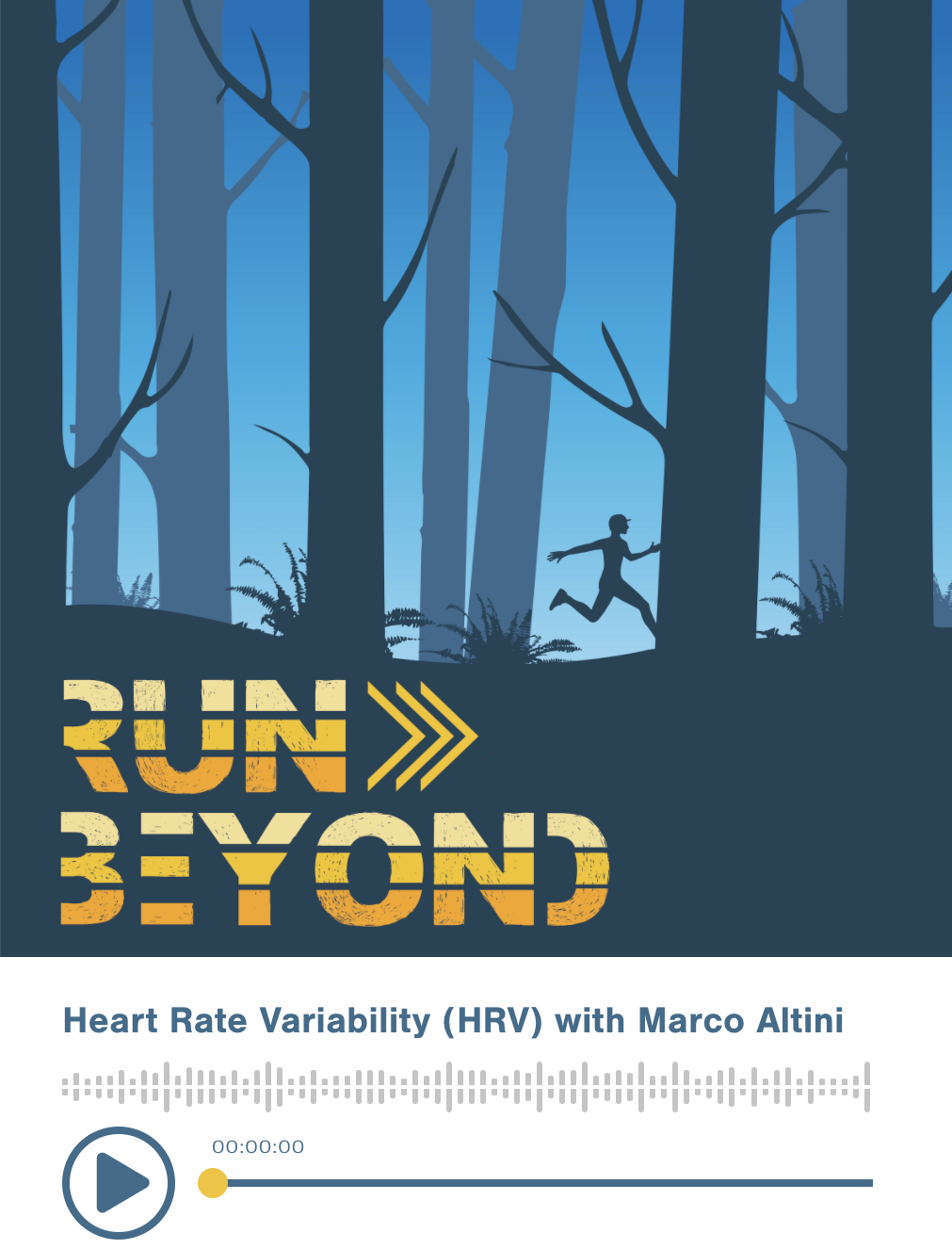
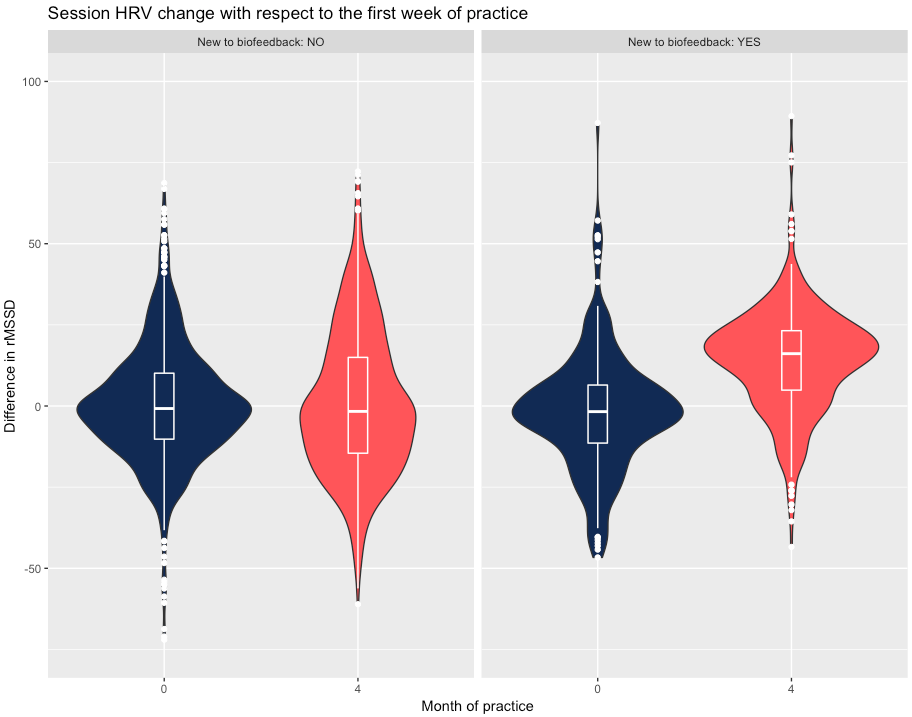
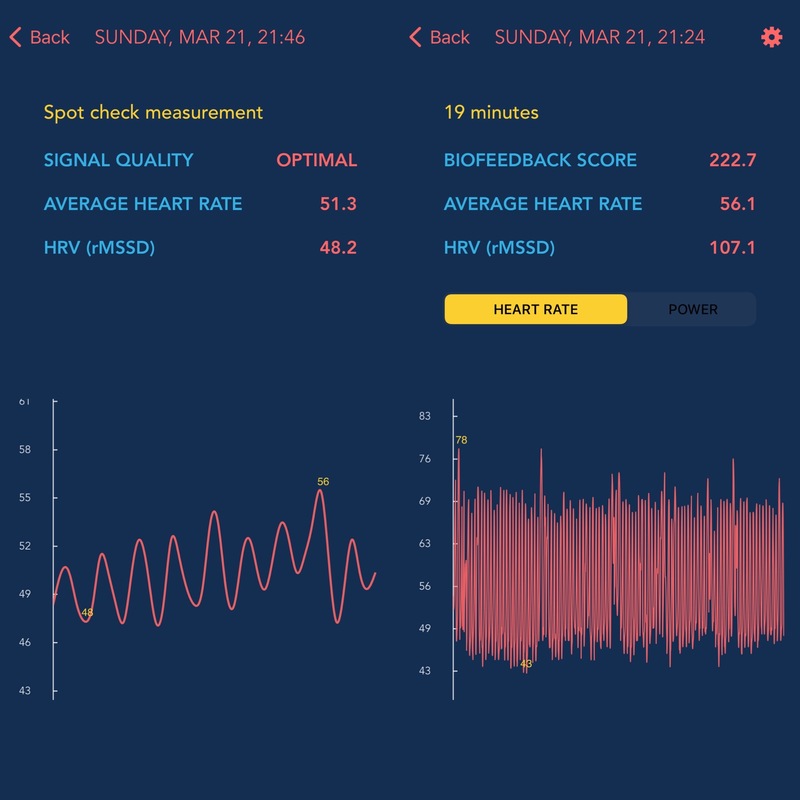
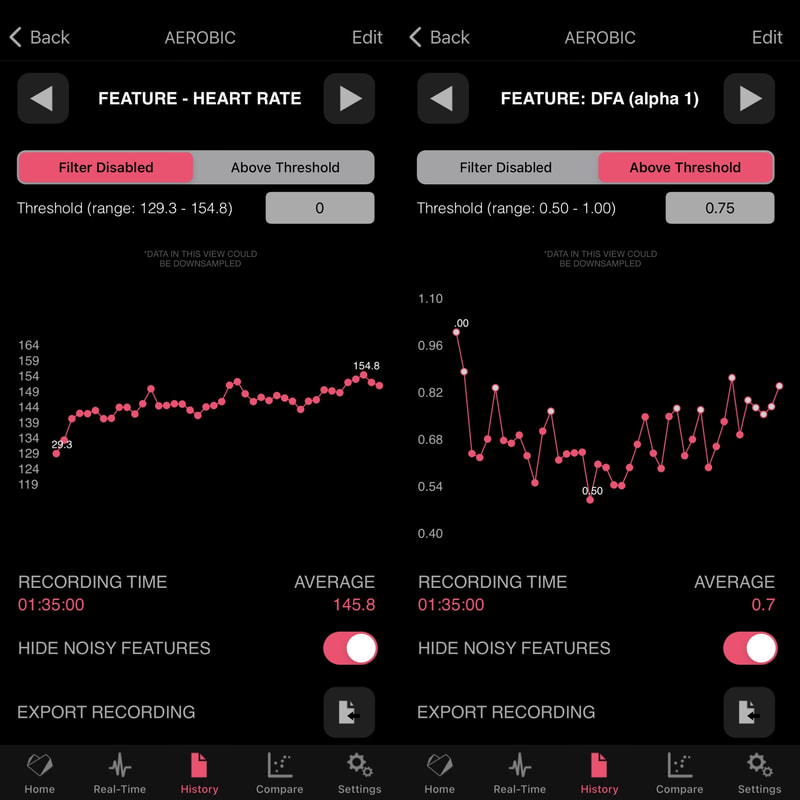
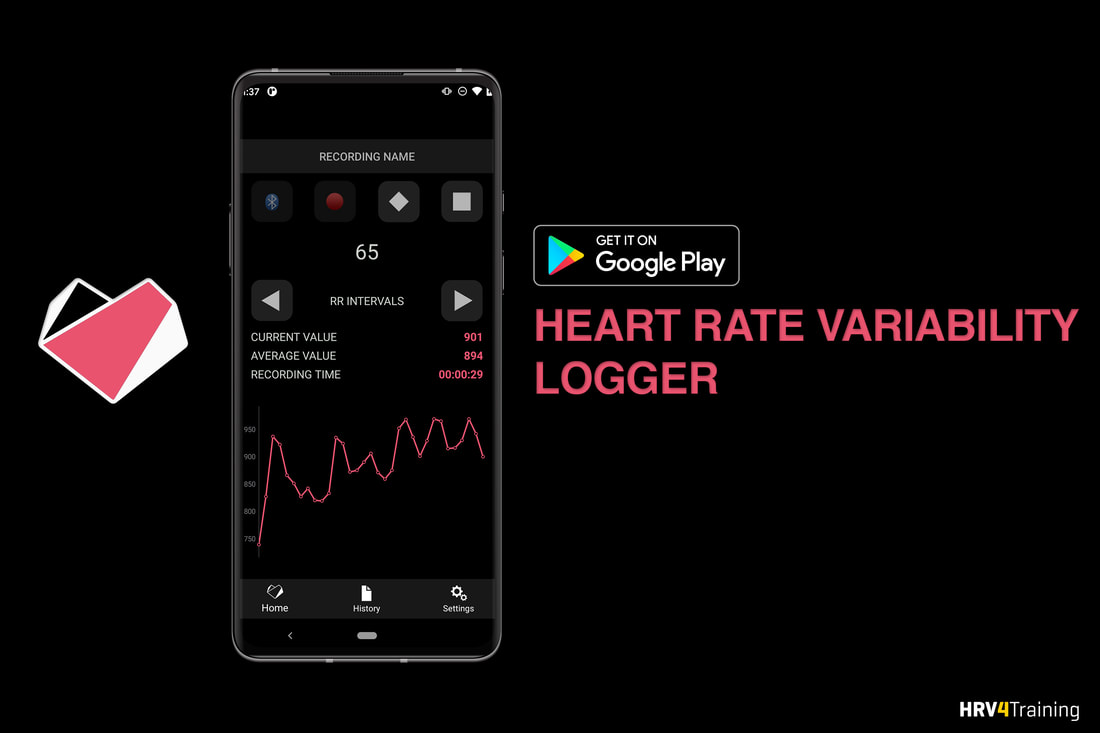
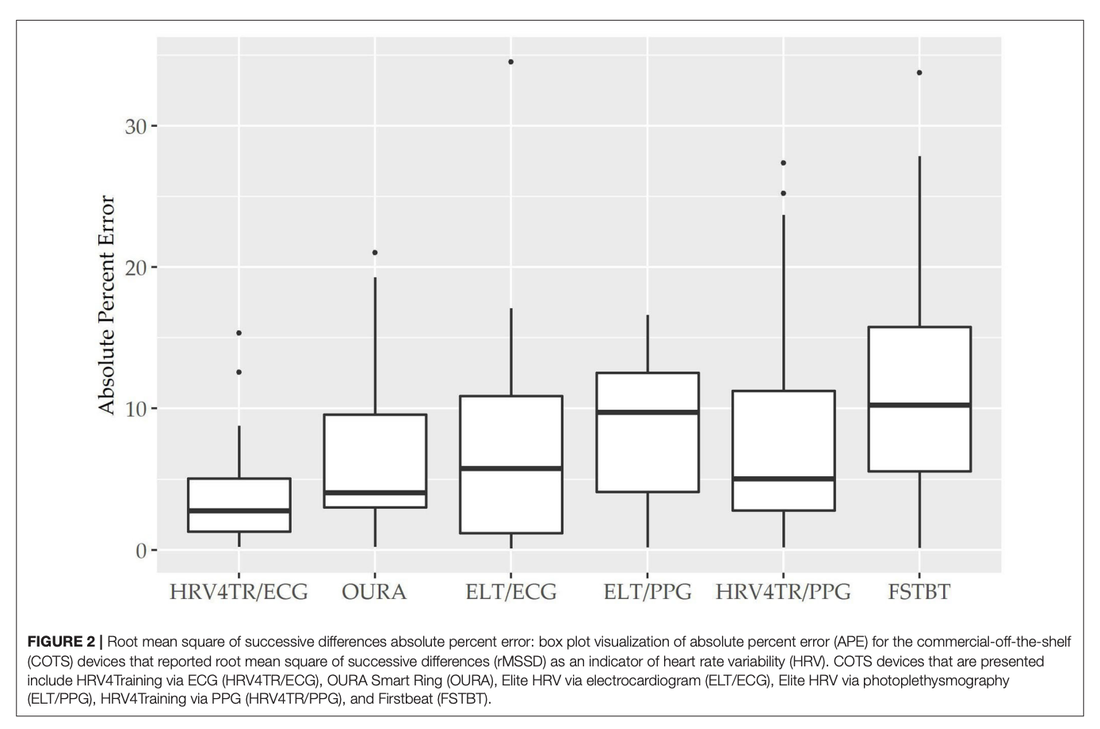
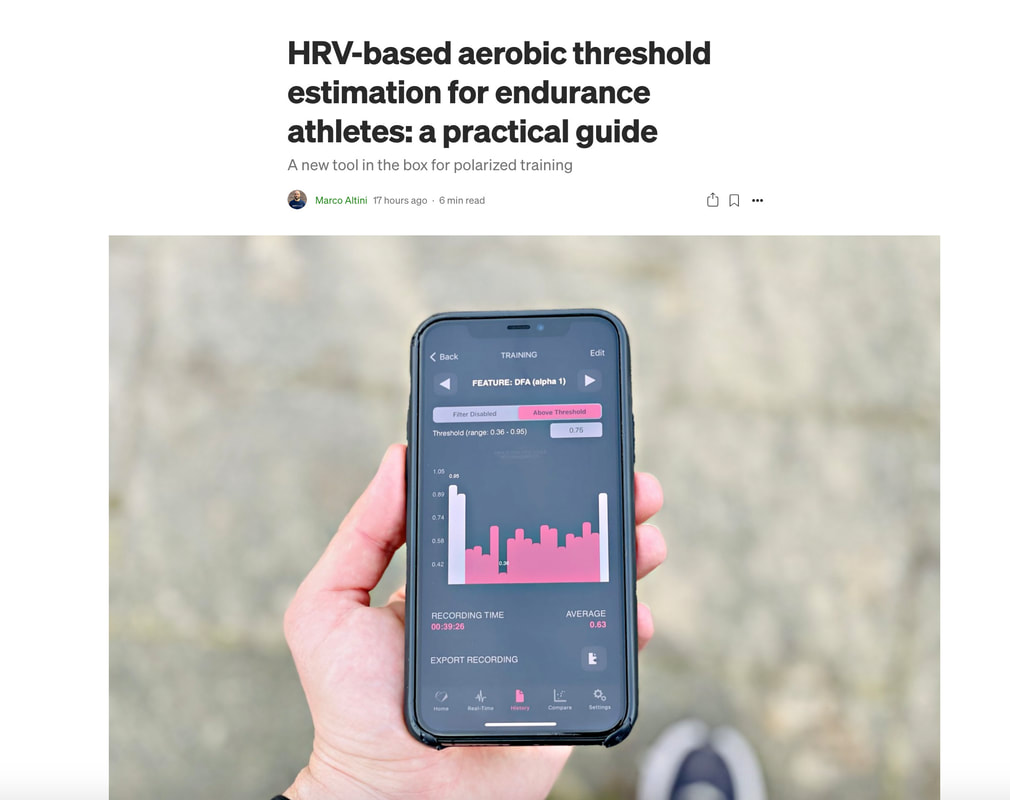

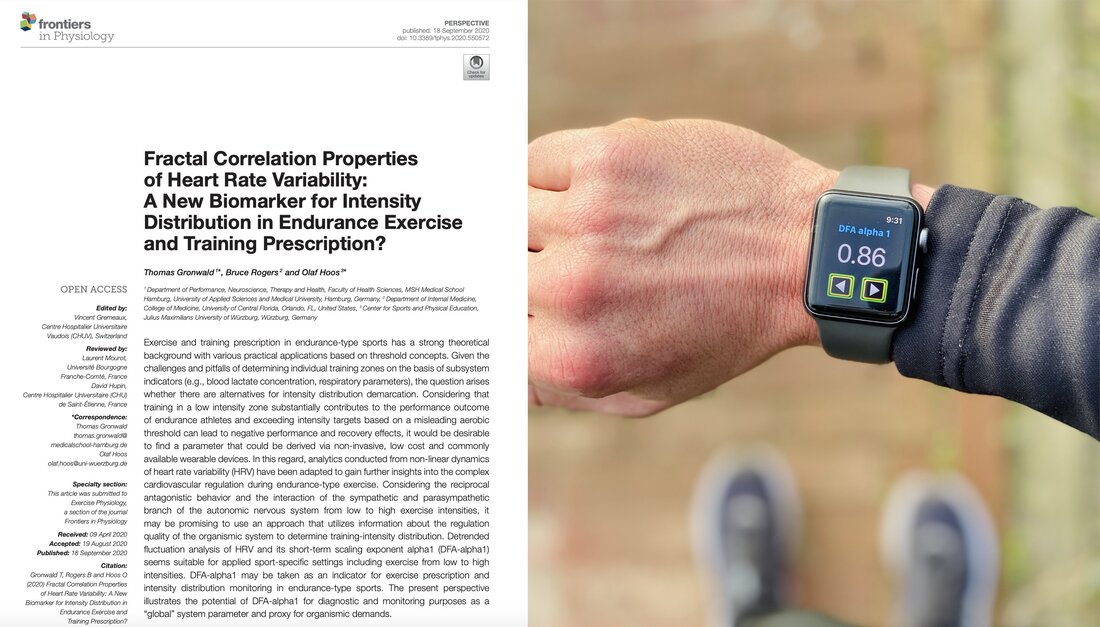

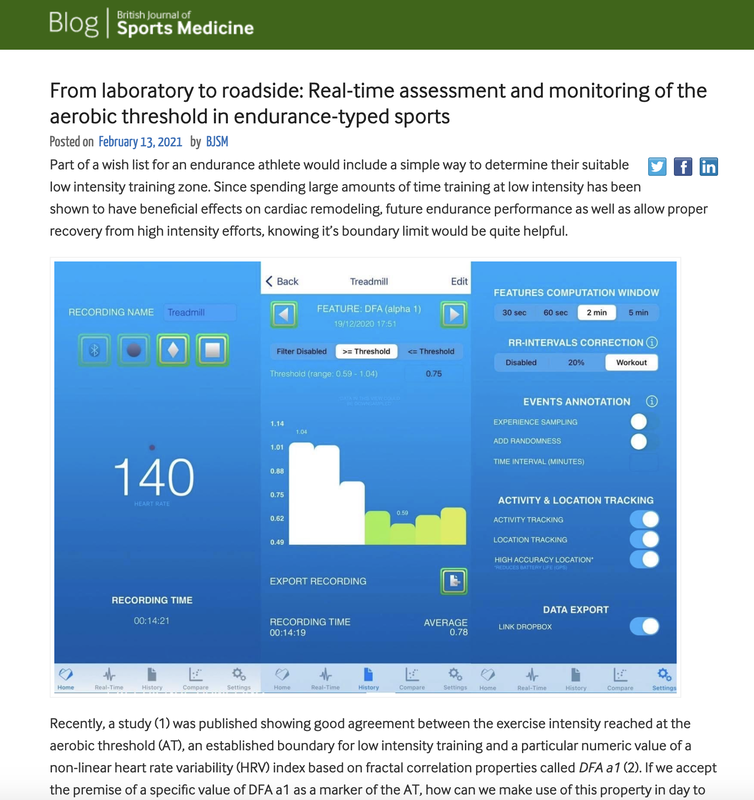

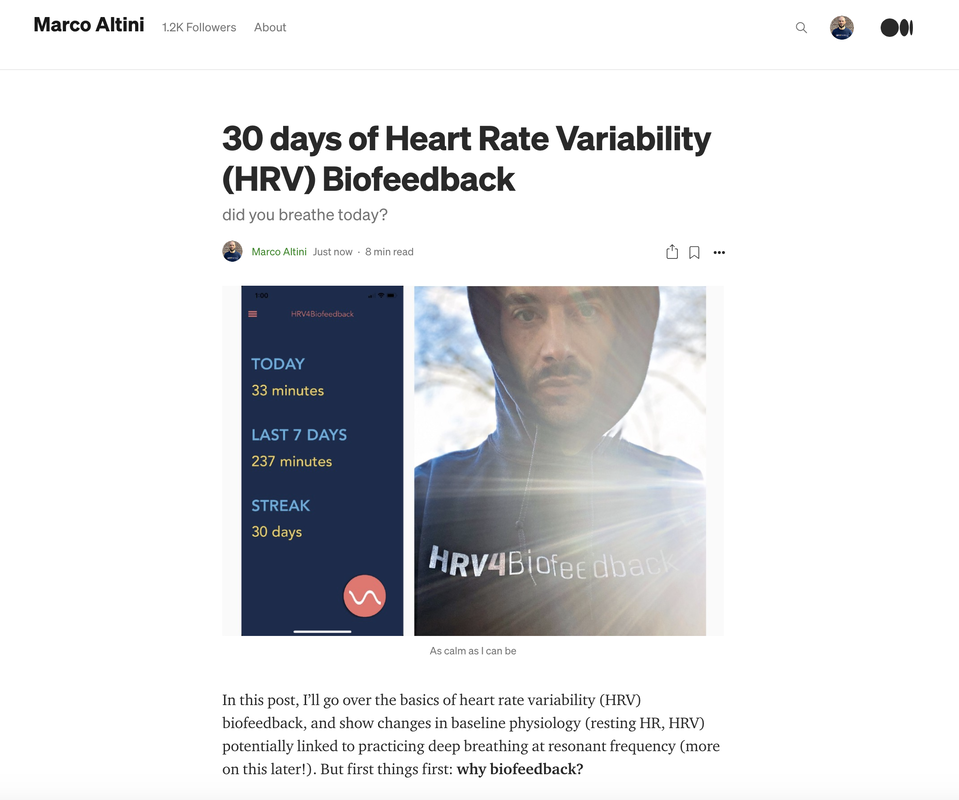
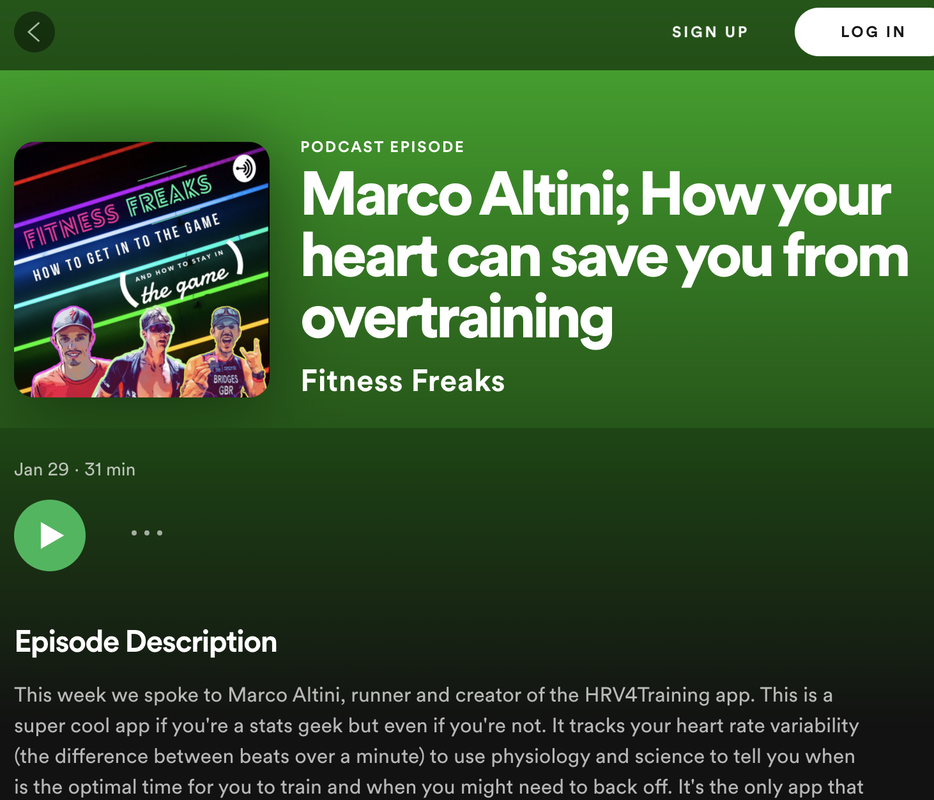
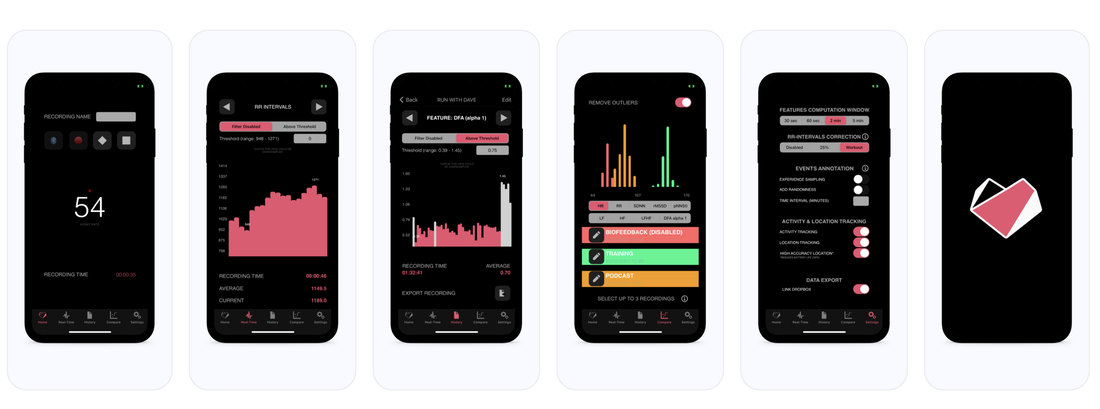
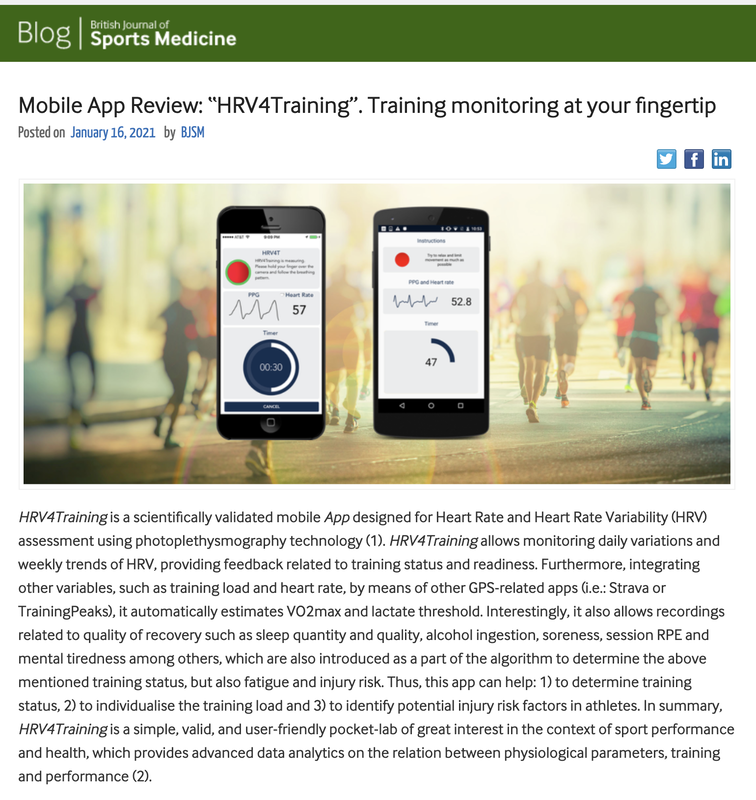
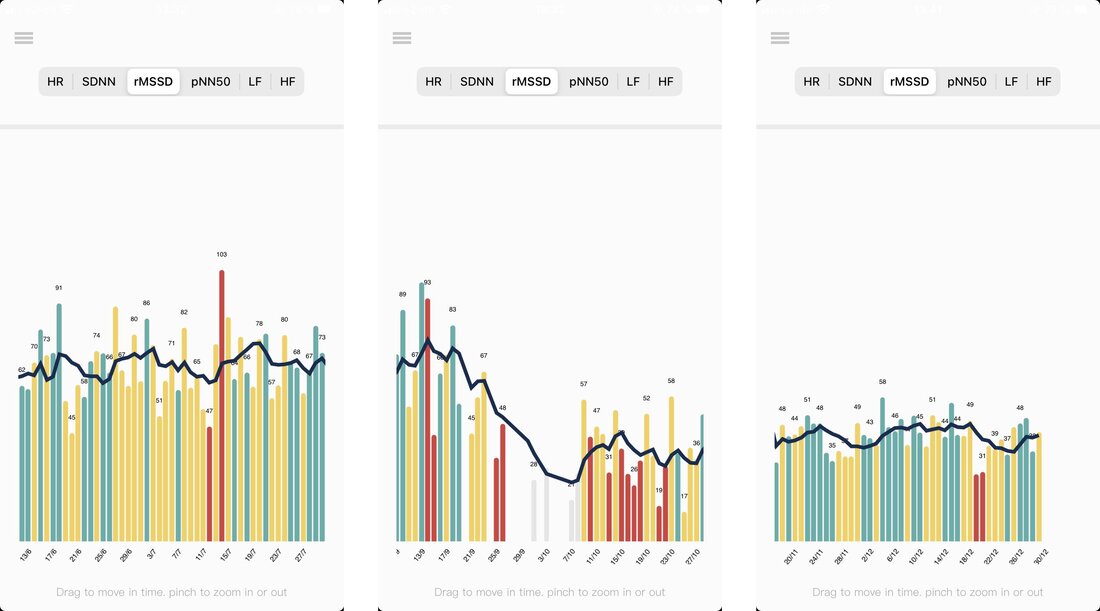
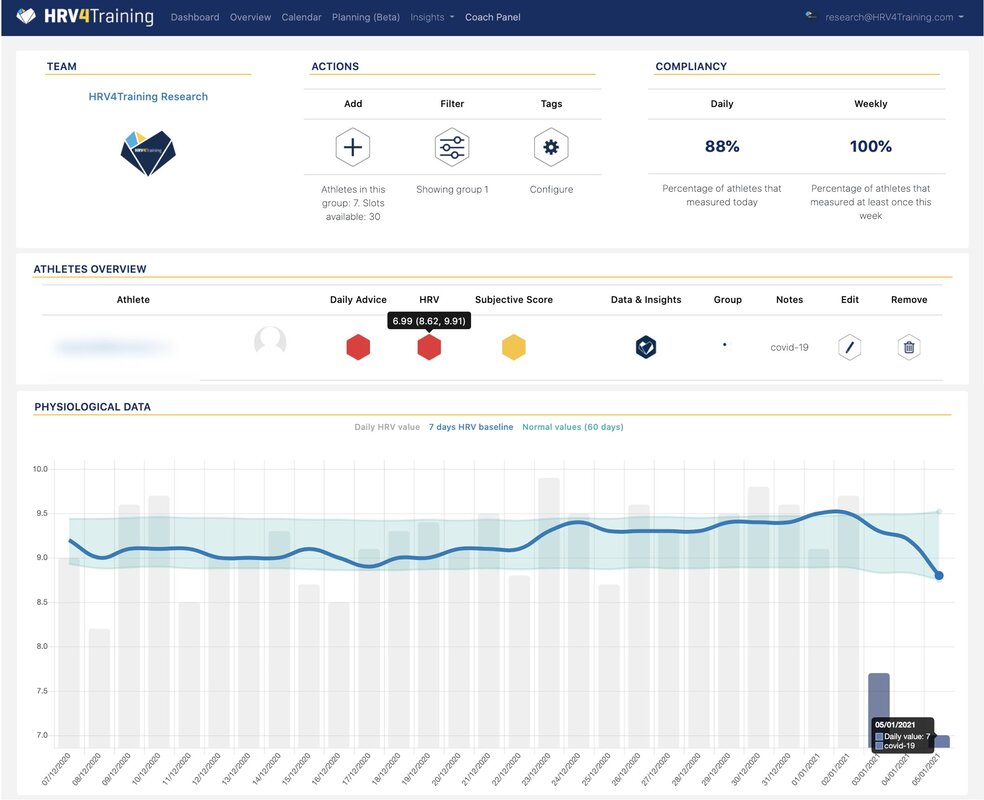
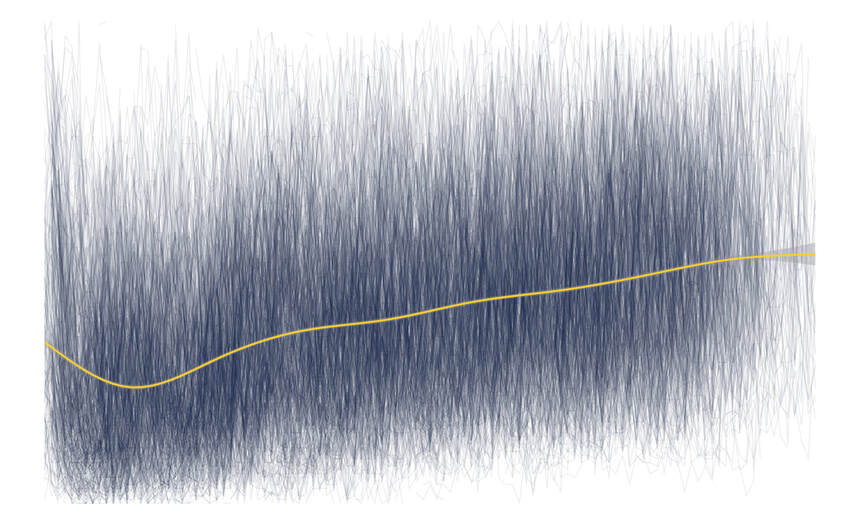
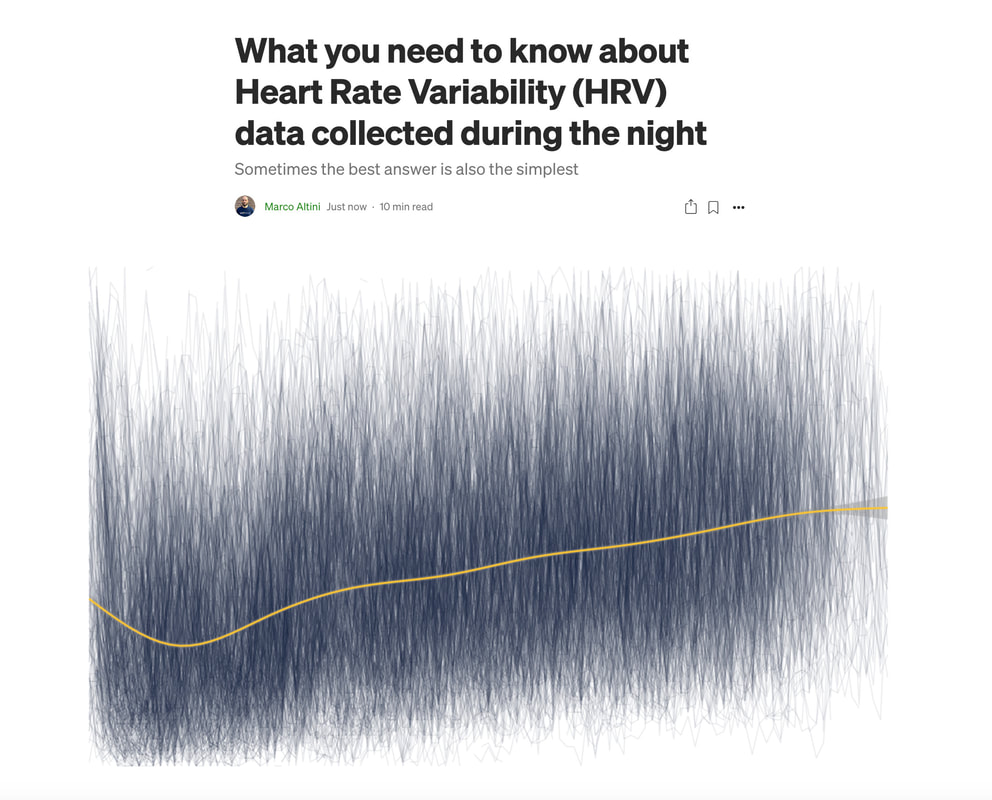
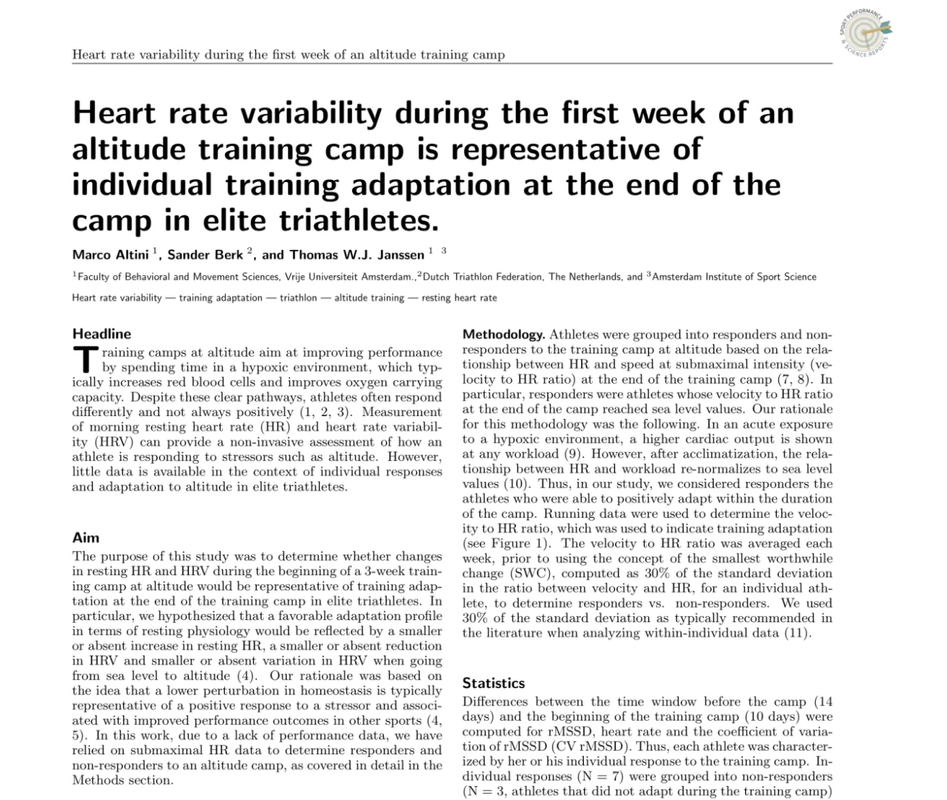
 RSS Feed
RSS Feed